Performance Car Air Filter: Boost Your Engine's Power and Efficiency
Performance car air filters play a vital role in enhancing engine performance. They are designed to improve airflow, increase horsepower, and boost fuel efficiency. These filters come in various materials and designs, providing options for different vehicle needs. Understanding their benefits and installation can help maximize a car's performance potential.
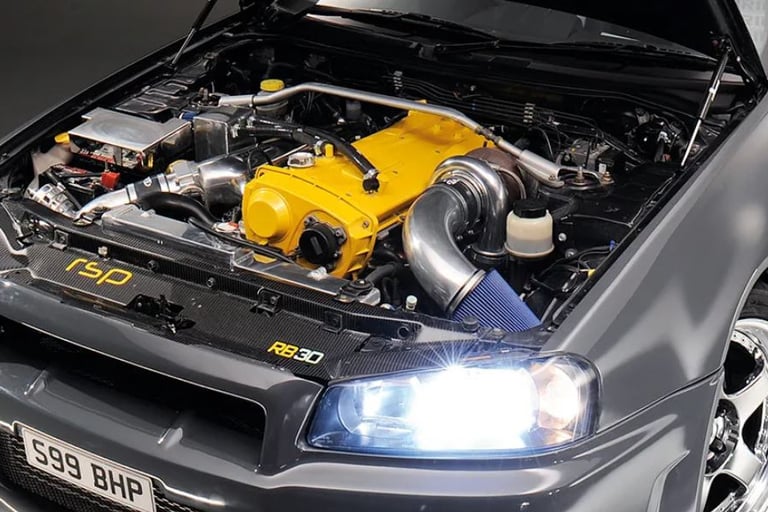

Understanding Performance Car Air Filters
Performance car air filters are essential components that significantly affect engine operation and efficiency. They play a pivotal role in defining the performance and longevity of a vehicle.
Definition and Purpose
A performance car air filter is designed to maximize airflow while effectively filtering out contaminants. By allowing more air to enter the engine, these filters enhance combustion efficiency, resulting in better overall performance and power output. Their primary purpose is to improve engine responsiveness and longevity.
Materials and Technology
Performance air filters are crafted from various materials, each offering distinct advantages.
Cotton Gauze
This material is renowned for its excellent airflow characteristics. Cotton gauze filters, often washable and reusable, provide superior filtration without compromising engine performance.
Synthetic Options
Synthetic filters are engineered for durability and can handle higher levels of contaminants, making them ideal for harsh driving conditions. These filters often feature a specialized design to enhance airflow and filtration efficiency.
Foam Variants
Foam air filters also provide effective filtration and are known for low airflow restriction. They are typically used in racing applications where maximum airflow is critical, ensuring optimal engine performance.
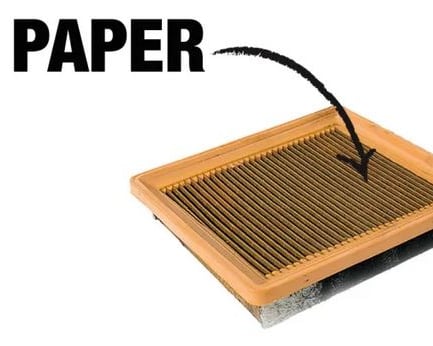

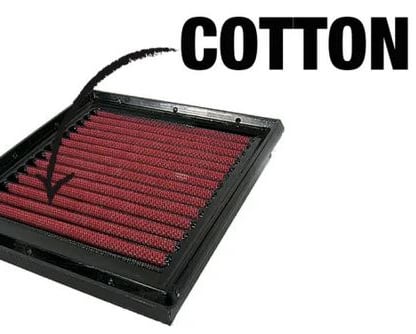

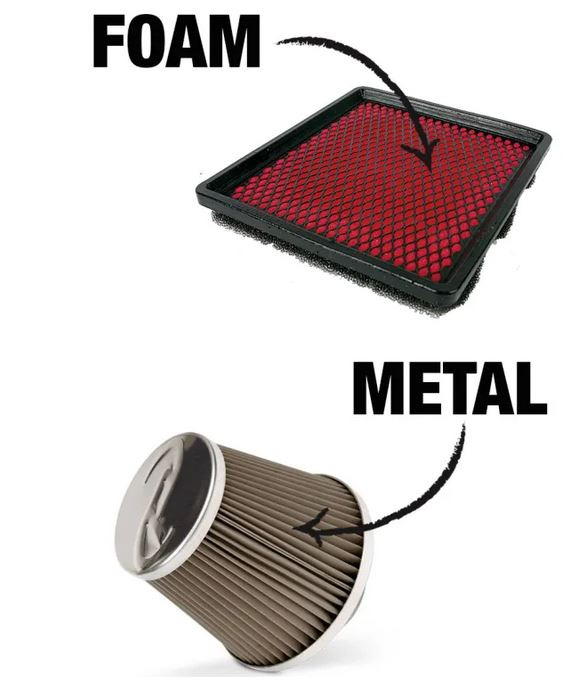

Benefits of Performance Air Filters
Performance air filters offer numerous advantages that significantly enhance vehicle operation and efficiency. Understanding these benefits helps car enthusiasts make informed choices about their vehicles.
Increased Horsepower
One of the most significant benefits of performance air filters is the potential increase in horsepower. By improving the airflow to the engine, these filters enable more oxygen to mix with fuel, resulting in more powerful combustion. Enthusiasts often report noticeable gains in acceleration and overall engine responsiveness.
Improved Fuel Efficiency
Better airflow translates to improved fuel efficiency, allowing engines to perform more efficiently. A less restrictive airflow means the engine doesn't have to work as hard, which can lead to lower fuel consumption in specific driving conditions. This is particularly beneficial for those who drive over long distances or in varying traffic conditions.
Enhanced Engine Longevity
Quality performance filters significantly enhance engine longevity. By filtering out harmful particles and contaminants more effectively, they protect engine components from abrasion and wear. With cleaner air entering the engine, the overall wear and tear can be reduced, contributing to a longer lifespan.
Better Filtration
Performance air filters are designed to provide superior filtration compared to standard options. The advanced materials used often capture smaller particles, ensuring that the engine breathes clean air. This higher filtration efficiency is crucial for maintaining optimal engine performance and health.
Types of Performance Air Filters
Performance air filters come in various designs, each tailored to enhance airflow and engine efficiency differently. Understanding the distinct types can lead to optimized performance based on vehicle needs.
Stock Replacement Filters
Stock replacement filters are designed to fit directly into the factory air filter housing. They typically use better materials than standard filters, providing improved airflow without needing extensive modifications.
Cone Filter Systems
Cone filter systems feature a conical shape that allows for more surface area and improved airflow. They are generally used in custom applications and can significantly enhance engine performance.
Cold Air Intakes
Cold air intakes are designed to channel cooler air from outside the engine bay into the intake system. This cooler air can lead to better combustion and increased horsepower, making them a popular choice among performance enthusiasts.
Short Ram Intakes
Short ram intakes focus on reducing the distance that air travels to reach the engine. This type of intake generally offers quicker throttle response and is easy to install. However, they may draw warmer air from the engine bay, which can affect performance under certain conditions.
Installing a performance car air filter can enhance engine functionality and improve overall vehicle performance. The installation process is straightforward and can typically be accomplished with basic tools.
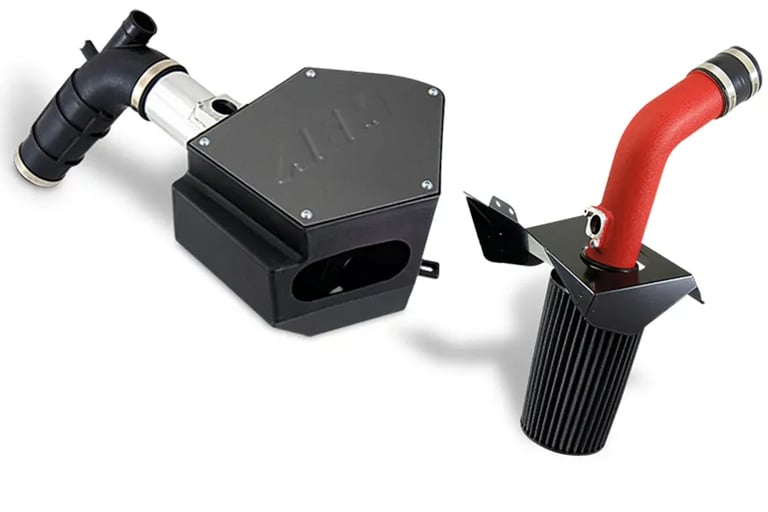

Installation Process
Required Tools
Screwdrivers
Socket wrenches
A clean cloth
Lubricant (optional, for washable filters)
Step-by-Step Guide
Removing the Old Filter
Start by disconnecting the car battery for safety. Next, access the air filter compartment and remove the cover, which may be secured with screws or clips. Carefully take out the old air filter, following the vehicle's manual instructions to avoid damage.
Installing the New Filter
Position the new air filter in the designated slot, ensuring it is aligned correctly. It's important to avoid any obstructions during this stage. Once in place, reattach the filter cover securely.
Testing and Final Checks
After installation, reconnect the battery and start the engine. Listen for any unusual sounds and check for proper airflow. A final inspection ensures everything is secured and functioning as intended.
Maintenance and Care
Regular maintenance and proper care of performance air filters enhance their lifespan and effectiveness. Maintaining cleanliness ensures optimal airflow and engine performance.
Cleaning Frequency
Frequency of cleaning a performance air filter can depend on driving conditions. Generally, filters should be cleaned every 20,000 to 50,000 miles. However, in dusty or extreme conditions, more frequent cleaning may be necessary.
How to Clean Filter Elements
Cleaning the filter elements effectively involves a systematic approach to ensure longevity and performance.
Using Cleaning Kits
Utilize a specialized cleaning kit designed for the filter type.
Apply the cleaner generously, following the manufacturer’s instructions.
Allow the cleaner to sit for the recommended time to break down dirt and debris.
Avoiding Common Mistakes
Do not use automotive solvents or harsh chemicals, as they can damage the filter.
Ensure the filter is completely dry before reinstalling to prevent moisture damage.
Avoid over-oiling the filter after cleaning, which can restrict airflow.
Signs Replacement is Needed
Regular inspection is essential to determine when a filter should be replaced. Key indicators include:
Visible tears or damage to the filter material.
Significant accumulation of dirt not removed by cleaning.
Decreased engine performance or fuel efficiency.
Frequently Asked Questions
This section addresses common questions about performance car air filters, covering their characteristics, economic considerations, and compatibility with various vehicle models.
What Makes a Filter 'High Performance'?
A high-performance filter is distinguished by its ability to significantly increase airflow while maintaining effective filtration. Key attributes include:
Use of advanced materials, such as cotton gauze and synthetic composites.
Enhanced surface area for better airflow.
Improved design that minimizes air resistance.
Cost vs. Benefit Analysis
Choosing a high-performance air filter often involves evaluating the initial cost against long-term benefits. Some considerations include:
Increased horsepower and torque, translating to better acceleration.
Improved fuel efficiency, leading to lower gas expenses.
Extended lifespan of the engine, potentially reducing long-term repair costs.
Compatibility with Various Vehicle Models
Performance filters are designed for a wide range of vehicles. Factors to consider for compatibility include:
Make and model of the vehicle.
Engine specifications and modifications.
Intended use, such as street vs. track performance.
Industry Trends in Performance Air Filters
The landscape of performance air filters is evolving rapidly. Innovations in materials and changes in consumer preferences are shaping the future of this industry.
Innovations in Materials
Recent advancements have led to the development of high-performance materials that enhance airflow and filtration capabilities. Some notable trends include:
Use of advanced synthetic fibers that improve durability and efficiency.
Enhanced cotton gauze materials that allow for better airflow while capturing more contaminants.
Research into biodegradable options for environmentally conscious consumers.
Market Demand and Consumer Preferences
There has been a noticeable shift in how consumers view performance air filters. Key trends include:
Increasing demand for washable and reusable filters, driven by cost savings and sustainability.
A rise in interest in custom filter systems tailored for high-performance vehicles.
Prioritization of brands known for quality and performance rather than just cost.
Environmental Considerations
The automotive industry is increasingly aware of its environmental footprint. As a result:
Manufacturers are focusing on creating more eco-friendly products.
Recyclability of filter components is also becoming a crucial factor in product development.
Efforts are underway to educate consumers about the benefits of sustainable filter options.
Motorsport
Experience exceptional racing with our expert guidance.
Rodiauto Sport LLC
500 4TH ST NW Suite 102
87102 Alburquerque - NM - US.
Advice
Services
info@rodiautosport.us
© 2025. All rights reserved.
